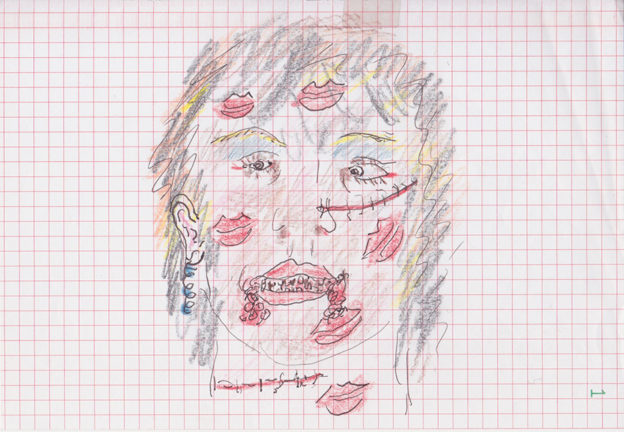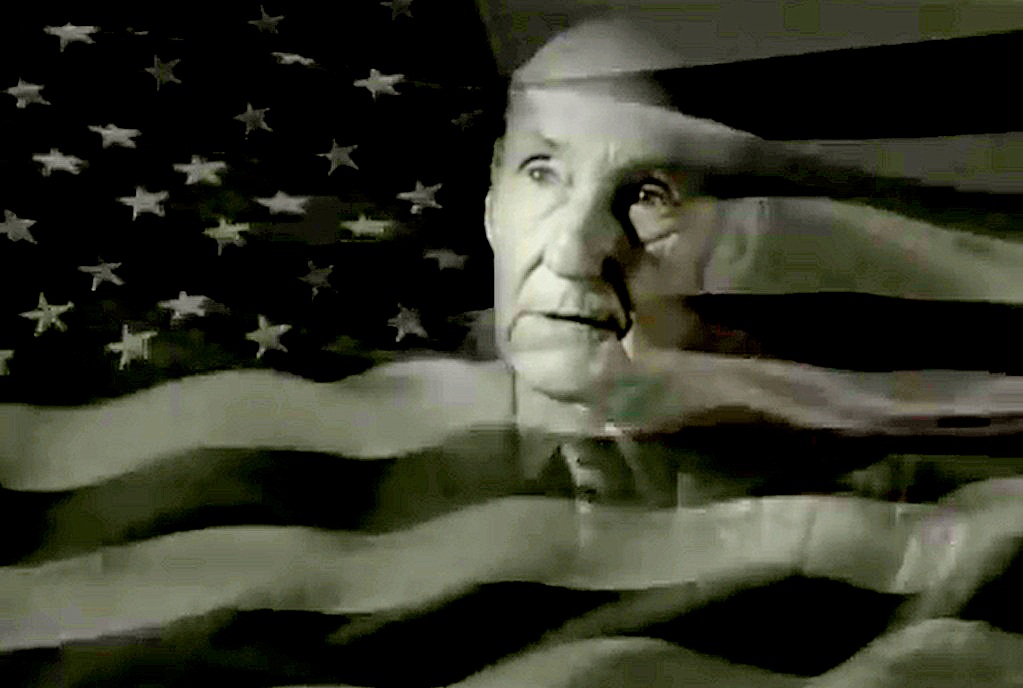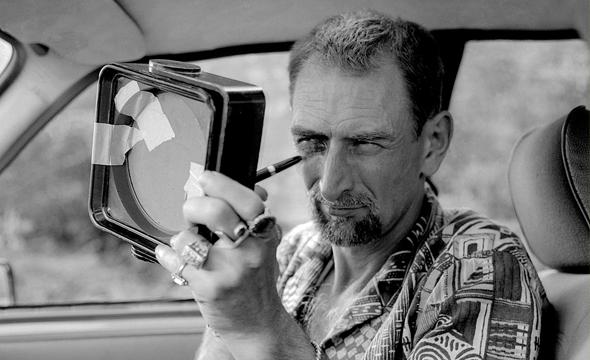
Jack Smith and Bennett Theissen conversation in 1982:
Smith: But I want to eventually become like Liberace and do Las Vegas night clubs. He makes six million a year from working half a year, twenty-five weeks.
Theissen: What do you think he does that gets people to come see him? Would you go see Liberace?
Smith: Oh, I wouldn’t pay whatever they pay. Well, maybe I would. The people that see him can afford it, you know. But if you’re that great I think it’s worth it. Once a thing is real, then there is no price that can be put on it—it can be a low price or a very high price. What he does is really his art and yet it’s so commercial.
Theissen: He uses popular products of the culture that already exist. He uses popular songs that other people made famous and he plays them, “Hello Dolly,” or—
Smith: Yes. It’s so easy for singers and pianists. It’s so easy.
Theissen: But you do your own material. Do you think you could take things that other people wrote and do them your own way?
Smith: I do that. See, I mix in stuff that has been used already, like Hamlet.
Theissen: Would people in Las Vegas want to see Hamlet?
Smith: Well no, I like just cribbing a little bit from each source and then making something new out of old ingredients.
Theissen: Like Artaud’s statement “No more masterpieces.” He meant use the past as material. Don’t treat it like it’s in a museum or keep it in a vault, make it new.
Smith: Yes. If you can’t make something new with it, then you don’t really have the right to use other people’s stuff. But if you can find something completely new in it, or make some incredible point with it, then it’s all right.*
For their final exhibition at their Walker Street location, Artists Space presents a retrospective of the work of Jack Smith.
“With his shadow looming over the development of avant-garde film, performance art, photography, and critical discourse in New York between the 1960s and 1980s, and through the formative years of Artists Space, Jack Smith nonetheless remains an outlier among the many artistic contexts within which he has played an important role. His virtuosic output is revered for its caustic humor, self-invention, and debasement of institutional authority, which intensified throughout his ever-evolving work. Yet, since his death from AIDS-related pneumonia in 1989, his artistic legacy has proven to be similarly incalcitrant and resistant to clean-cut narrativization. In history, as in life, Smith’s comprehensive ouevre exists in renegade defiance of the capitalist imperatives of commodification and containment, as vilified in his ideas of ‘lucky landlordism,’ ‘rented island,’ ‘clapitalism,’ ‘art crust,’ and so forth.
“ART CRUST OF SPIRITUAL OASIS marks the first time that many of Smith’s performances—composed and chronicled in drawings, scripts, film fragments, ‘boiled lobster color slideshows,’ audio recordings, and costumes—have been articulated. Particularly, it will frame Smith’s time in exile, as described by film historian and Smith archivist J. Hoberman. This period was marked by the artist’s eviction from his legendary SoHo loft The Plaster Foundation of Atlantis in 1971 and, consequently, by a movement towards performances staged in ad-hoc theater spaces, clubs, and notably in the literal outside of a morphing urban environment, as the artist found himself at the margins of a professionalizing art world, with the city of New York transformed by a bullish real estate market.”*
JACK SMITH—ART CRUST OF SPIRITUAL OASIS
Opening: Thursday, June 21, from 6 to 8 pm.
Exhibition: June 22 through September 16.
ARTISTS SPACE, 55 Walker Street, New York City.
* artistsspace.org/exhibitions/jack-smith
Audio disc of Smith and Sylvère Lotringer: semiotextes.com/jack-smith
printedmatter.org/catalog
themoderninstitute.com/jack-smith-theater-and-performance-works
*See “Mysterious Thing”: semiotexte.com




















